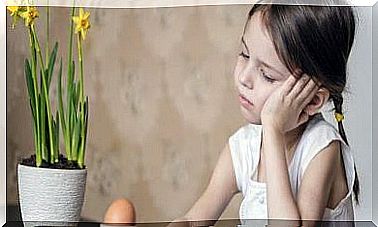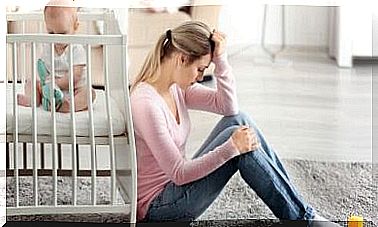Motherhood In Different Cultures Around The World

Although it may seem universal, ideas about motherhood vary widely, both around the world and in your own environment. Here we go through what motherhood looks like in different cultures.
Motherhood in different cultures: Social construction
Ángeles Sánchezär is a doctor of anthropology and believes that motherhood is not just about reproduction. In fact, motherhood in every culture has a sociocultural construction. Therefore, in addition to a biological event, it is also a psychosocial one.
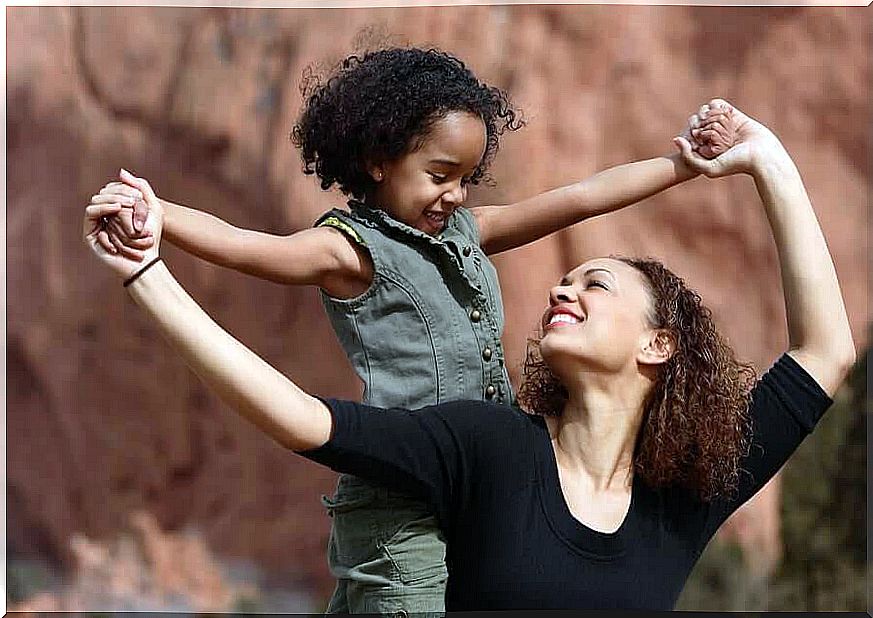
It is easy to see evidence of this by looking at what motherhood looks like in different cultures around the world.
Women support each other in Kenya and Tanzania
In the tribes of southern Kenya and northern Tanzania, there is a very strong female social support. For example, this happens in the tribal groups Maasai and Swahili. These women gather around new mothers during the first days of motherhood.
From birth, new mothers are surrounded by women. At the same time, the men take a step back during the first weeks. In the Swahili tribe, parents sleep in separate places for 40 days after giving birth.
Among the Maasai, all the women in the village attend the births. The men are waiting at the mother’s mother’s home. For the next two months, the rest of the Maasai women will help the new mothers by taking over their responsibilities and taking responsibility for them.
Traditions and customs in China and Japan
In China, the strong ties to traditions mean that today they practice ” Zuò yuè zi”, or that they “sit the month”. This means that during the first month after birth , the mother and baby must stay in the hospital or at home to protect the newborn’s health.
Another tradition focuses on the mother’s hygiene, which must wait until around six weeks after the birth to bathe to allow the body to recover first. During pregnancy, women must avoid hot foods, such as eggs, and eat cold foods, such as fruit, instead.
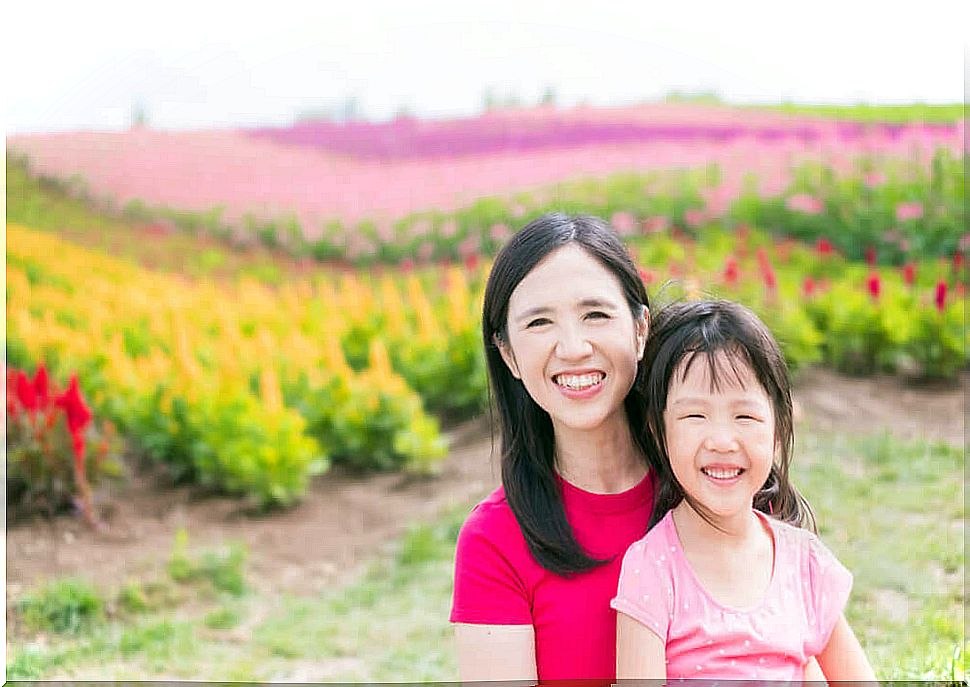
In Japan, men play a somewhat distant role during pregnancy. In fact, they do not go to the doctor or to pregnancy classes. In some Japanese hospitals, men are not even allowed to enter during childbirth.
After the first month, the Japanese celebrate a very important tradition: Miyamairi . It is about taking the child to a Shinto temple for the first time and performing a ceremony to celebrate the child’s birth. In it, they ask for the child to be strong and healthy.
Western motherhood in recent times
Women in today’s Western Europe are very different from those just a few decades ago. Motherhood in particular has changed.
Now that motherhood is not linked to marriage, women who want to become mothers first try to ensure that they are professionally and financially stable. This inevitably leads to many women having children at an older age.
As a result, it is common for families not to have as many children as before. This is because the family’s goals have changed. They do not want many children but rather give them a life with a very high standard.
Motherhood in different cultures: What is the best country to be a mother in?
In 2015, the children’s rights organization Save the Children published its 16th annual report on the State of the World’s Mothers. It analyzed health inequalities among the world’s largest cities. In addition, it assessed the well-being of mothers and children in 179 countries.
The results showed that Norway is the best country to be a mother, followed by Finland and Iceland. Sweden came in 5th place after Denmark. At the bottom of the list was Somalia.
The researchers based this report on several factors, such as maternal health, as well as the risk of mothers dying as a result of pregnancy or childbirth. In Norway, 1 in 12,160 women die from these causes, while the corresponding figure in Somalia is 1 in 30.
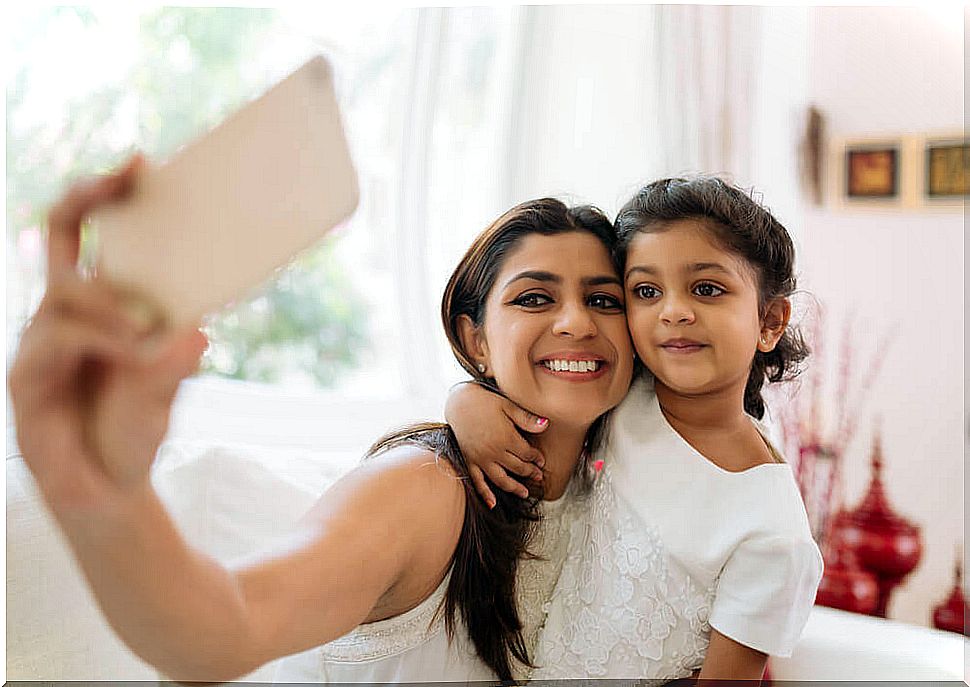
Final thoughts on motherhood in different cultures
Undoubtedly, motherhood varies in different cultures around the world. However, you do not need to compare other cultures to observe the differences. In your own immediate environment, the idea of motherhood is constantly changing and evolving.
Professor Cándida Alamillos explains that in today’s changing world, society demands different family models. In addition, we have now changed the way we look at gender roles.
Although all families are different, diversity in motherhood gives us the hope we need to make all lifestyles fairer and more equal.



